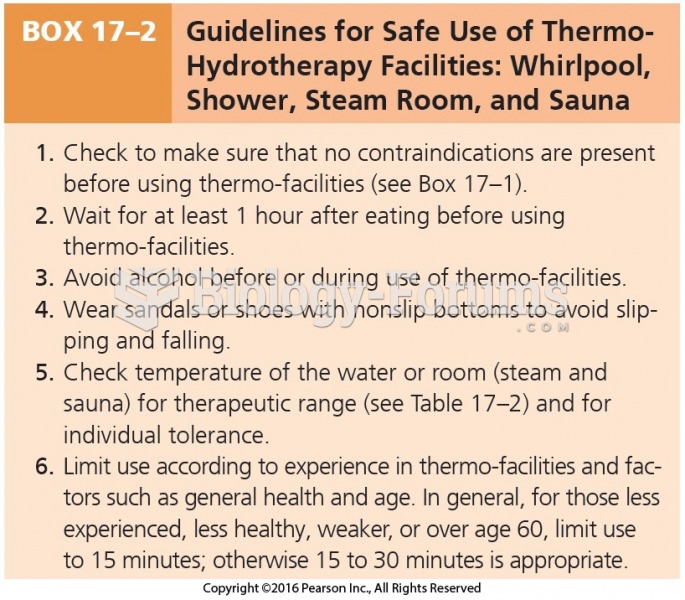|
|
|
There are over 65,000 known species of protozoa. About 10,000 species are parasitic.
Bacteria have flourished on the earth for over three billion years. They were the first life forms on the planet.
As the western states of America were settled, pioneers often had to drink rancid water from ponds and other sources. This often resulted in chronic diarrhea, causing many cases of dehydration and death that could have been avoided if clean water had been available.
There can actually be a 25-hour time difference between certain locations in the world. The International Date Line passes between the islands of Samoa and American Samoa. It is not a straight line, but "zig-zags" around various island chains. Therefore, Samoa and nearby islands have one date, while American Samoa and nearby islands are one day behind. Daylight saving time is used in some islands, but not in others—further shifting the hours out of sync with natural time.
Bacteria have been found alive in a lake buried one half mile under ice in Antarctica.
 Hillary Clinton broke through the glass ceiling in politics when she was elected senator from New ...
Hillary Clinton broke through the glass ceiling in politics when she was elected senator from New ...
 Prepare knee for cold application. Undrape the leg. Check tissues visually and through palpation, ...
Prepare knee for cold application. Undrape the leg. Check tissues visually and through palpation, ...





